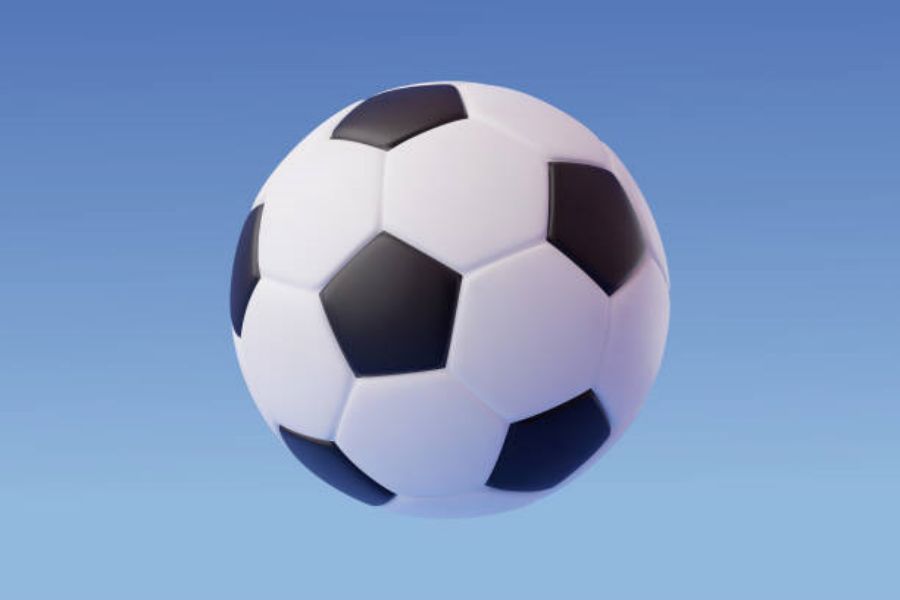Table of Contents

Introduction
When it comes to playing soccer, having the right equipment is essential, and that includes the soccer ball. With so many options available in the market, it can be overwhelming to choose the best soccer ball to buy. In this article, we will guide you through the process of selecting the perfect soccer ball that suits your needs, whether you're a professional player or just starting out.
1. Understanding the Different Types of Soccer Balls
Before diving into the specifics, it's important to understand the different types of soccer balls available. There are three main types: match balls, training balls, and recreational balls. Match balls are designed for professional use, training balls are suitable for practice sessions, and recreational balls are ideal for casual play. Each type has its own unique features and qualities, so it's crucial to choose the right one based on your playing level and purpose.
2. The Importance of Size and Weight
Size and weight play a significant role in the performance and feel of a soccer ball. The standard sizes range from size 3 to size 5, with size 3 being the smallest and size 5 being the largest. Younger players usually opt for smaller sizes, while adults and professionals use size 5 balls. Additionally, the weight of the ball affects its flight and responsiveness. Lighter balls are easier to control and maneuver, while heavier balls offer more power and stability.
3. Material Matters: Leather, Synthetic, or Hybrid?
The material used in the construction of a soccer ball greatly impacts its quality, durability, and performance. Traditionally, soccer balls were made of genuine leather, which offers excellent touch and control. However, leather balls require more maintenance and are not suitable for wet conditions. Synthetic balls, on the other hand, are more durable and perform well in all weather conditions. Hybrid balls combine the best of both worlds, featuring a mix of leather and synthetic materials.
4. Consider the Ball's Bladder
The bladder is the inner part of the soccer ball that holds the air. It is responsible for the ball's shape and bounce. There are two primary types of bladders: latex and butyl. Latex bladders offer superior performance and responsiveness but require frequent inflation. Butyl bladders, on the other hand, hold air for a longer period and are more suitable for recreational play. Consider your playing style and preferences when choosing the type of bladder that suits you best.
5. Surface Compatibility: Indoor vs. Outdoor
Another important factor to consider is the surface on which you will be playing. Soccer balls designed for indoor use have a softer outer layer to minimize rebound and ensure better control on hard surfaces. Outdoor balls, on the other hand, have a more durable construction to withstand rough playing conditions. If you plan on playing both indoors and outdoors, consider getting a versatile ball that performs well on different surfaces.
6. Brand Reputation and Reviews
Choosing a soccer ball from a reputable brand can make a significant difference in terms of quality and performance. Well-known brands invest in research and development to create innovative designs that enhance the player's experience. Reading customer reviews and feedback can also provide valuable insights into the performance and durability of a specific soccer ball. Take the time to research and compare different brands before making a decision.
7. Budget Considerations
While it's tempting to go for the most expensive soccer ball on the market, it's important to set a budget and stick to it. Consider your playing level and frequency when determining how much you are willing to spend. There are plenty of options available at different price points that offer excellent quality and performance. Remember, the best soccer ball is the one that fits your needs and provides a great playing experience, regardless of its price tag.
8. Additional Features and Technologies
Soccer balls have come a long way, and many now incorporate additional features and technologies to enhance performance. Some balls have improved aerodynamics for better flight, while others have specialized designs for increased accuracy and control. Consider any additional features or technologies that may be relevant to your playing style or preferences, but keep in mind that sometimes simplicity is key.
9. Testing the Soccer Ball
If possible, try testing the soccer ball before making a purchase. Whether it's borrowing a friend's ball or visiting a sports store, getting a feel for the ball can help you make an informed decision. Pay attention to the ball's touch, flight, and overall responsiveness. Testing the ball firsthand can give you a better understanding of how it performs and whether it suits your playing style.
10. Making the Final Decision
After considering all the factors mentioned above, it's time to make the final decision and choose the best soccer ball to buy. Remember to prioritize your needs and preferences, and don't be swayed solely by fancy marketing or endorsements. Select a ball that offers the right combination of quality, durability, and performance within your budget. With the perfect soccer ball in your possession, you'll be ready to enjoy countless hours of excitement on the field.
